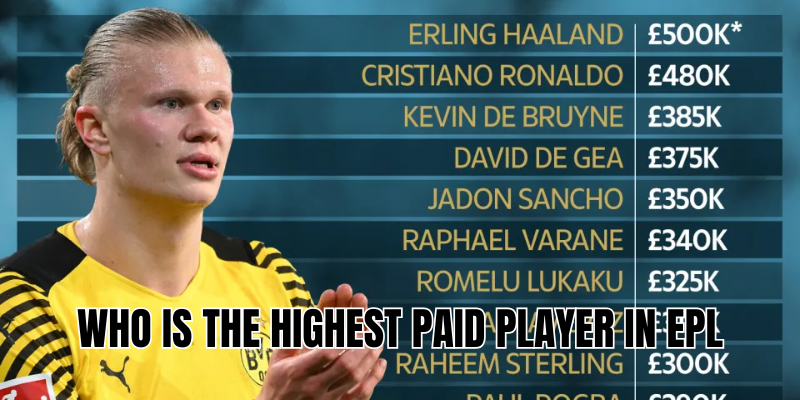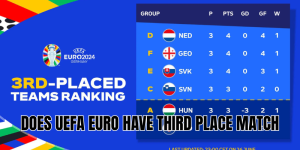If you’re wondering who is the highest paid player in EPL, the answer right now is Erling Haaland of Manchester City. He leads the Premier League wage charts with a staggering £525,000 per week, which comes out to about £27.3 million annually.
In this article, CanLinkCup will walk you through how this contract came to be, who’s close behind, and what it reveals about the financial juggernaut that is the Premier League.
What makes Haaland the top earner
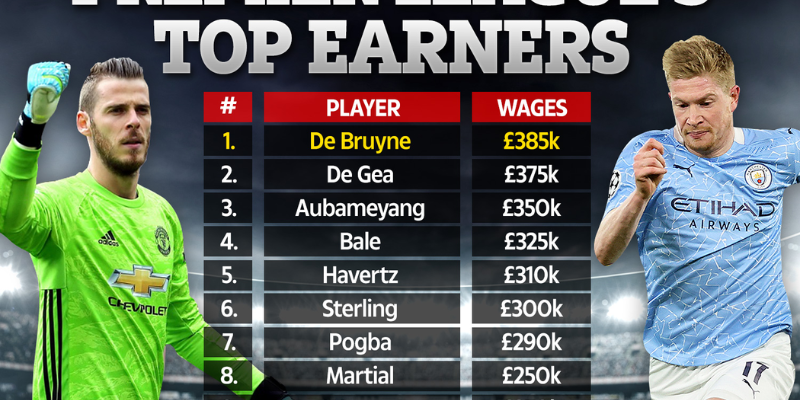
Erling Haaland signed a long-term contract extension with Manchester City that runs until 2034. What pushes him to the top:
- Weekly wage: £525,000.
- Base annual salary: ~£27.3 million.
- Contract length: His deal is one of the longest in EPL history, giving City security and locking in corrections for inflation, image rights, and bonuses.
Because of these factors, he’s not just earning more than anyone in the league now — he’s looking like one of the biggest contracts ever for the future too.
Who are the nearest challengers
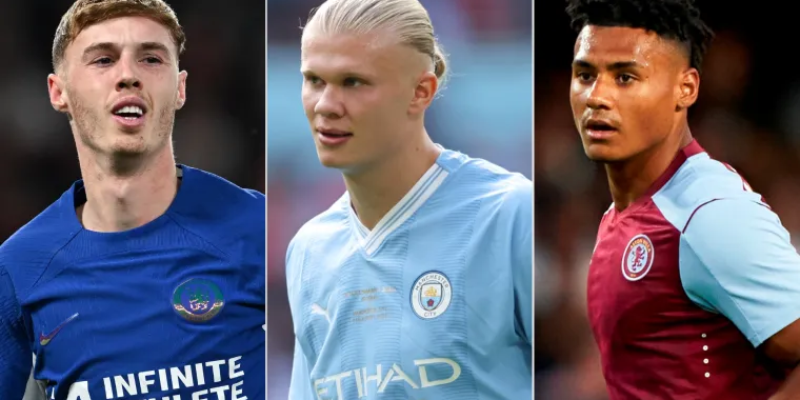
Though Haaland is comfortably on top, there are several players whose wages are also enormous, putting them in the up. Here are the most closely-following stars:
- Mohamed Salah — ~£400,000/week, ~£20.8 million/year.
- Kevin De Bruyne (Manchester City) — also around £400,000/week.
- Casemiro (Manchester United) — ~£350,000/week.
- Virgil van Dijk — roughly similar at about £350,000/week.
These players are behind Haaland by a fair margin, but still among the top earners not just in EPL, but world football.
Why clubs pay so much
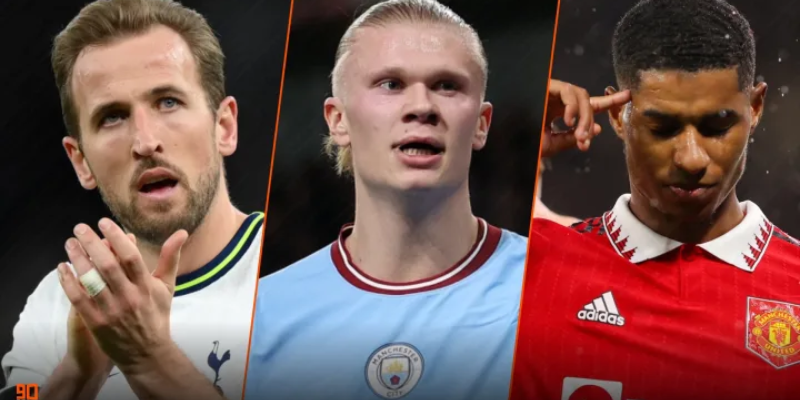
It’s not just about big names — there are solid reasons why EPL clubs are willing to offer such massive wages:
- Revenue streams: TV rights, sponsorships, merchandising — revenue is huge, especially for top clubs.
- Performance expectations: Titles, Champions League, consistency. High wages often reflect the pressure to deliver.
- Global market competition: Clubs need to keep their stars.
- Contract length & bonuses: Long-term deals give security (for both club and player), which often comes with escalations for goals, assists, or certain achievements.
What it tells us about contracts and trends
Here are some of the bigger trends / lessons from Haaland’s deal and the league’s payroll landscape:
- Clubs are pushing for longer contracts as a hedge against losing players cheaply or being exposed to market inflation. Haaland’s deal until 2034 is a prime example.
- Weekly wages are rising not just for goal-scorers; top defenders, midfielders, and versatile attackers are now regularly in the six-figure weekly bracket.
- The gap between the very top and the rest is widening. There’s a big drop-off after the handful of highest-paid names.
- Clubs also compete off-field: image rights, endorsements, loyalty bonuses — total earnings can significantly outstrip just the base salary.
Potential changes ahead
While Haaland currently holds the top spot, a few things could change:
- If another star signs an even more lucrative contract.
- Economic pressures: if revenues drop, clubs could become more conservative.
- Transfer market shocks: a major transfer or release clause could force someone up the wage ladder.
- Performance dips: players with big contracts must justify them on the pitch — sustained drop in output could hurt future deals.
Conclusion
Who is the highest paid player in EPL? It’s Erling Haaland, with ~£525,000 per week and a base annual salary of ~£27.3 million. CanLinkCup hopes this article gives you all the up-to-date insight you need: how he got there, who’s close behind, and what it means for the Premier League landscape.
If you’re curious about more — like the top-10 highest wages in EPL, comparisons by position (defender, midfielder, etc.), or yearly trends — let us know. CanLinkCup will bring those stats your way next.

